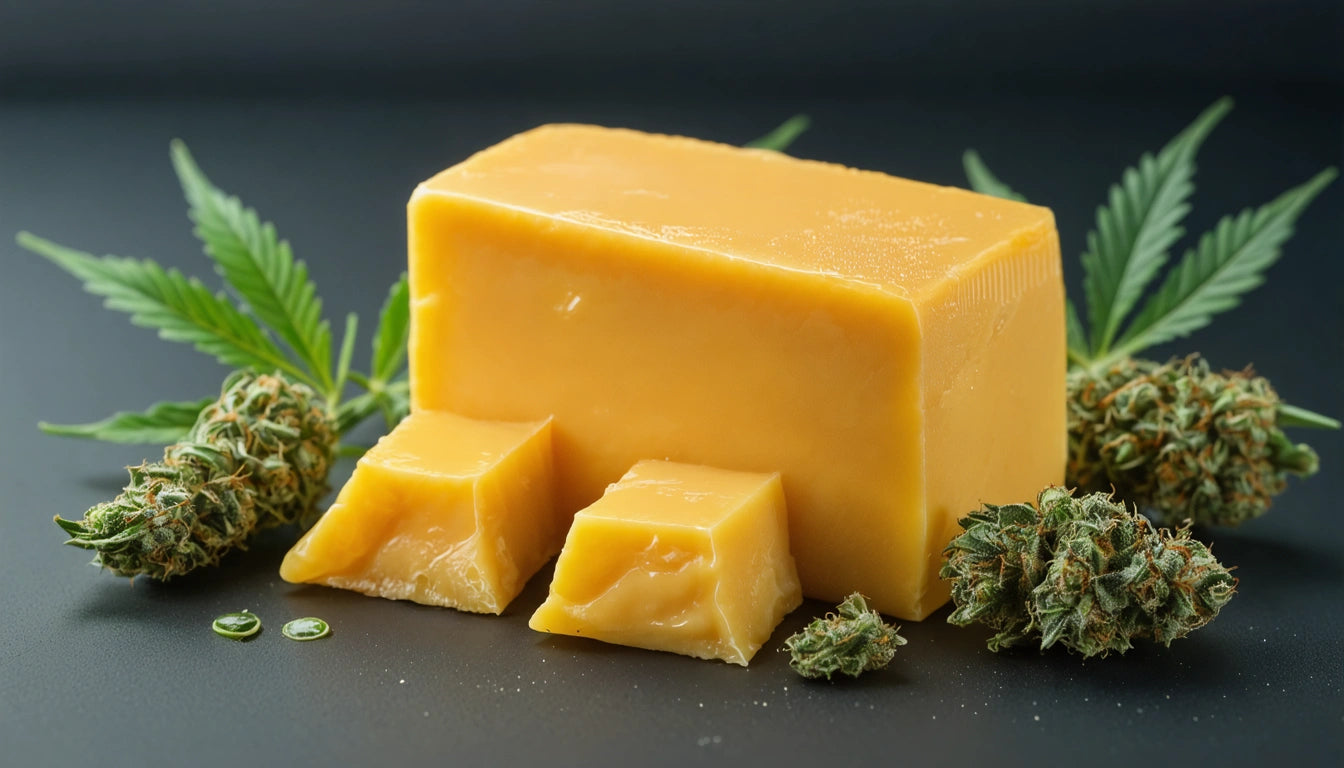Table of Contents
Cannabis edibles offer a different experience compared to smoking or vaping, largely due to how THC is processed through digestion. One critical factor that significantly impacts the potency, onset time, and overall effectiveness of edibles is fat content. Understanding the role of fat in edible absorption can help consumers and producers alike optimize their cannabis experience.
Why Fat Matters in Cannabis Edibles
Cannabinoids like THC and CBD are lipophilic, meaning they bind to and dissolve in fats rather than water. This fundamental chemical property explains why cannabis-infused butter and oils are staples in edible production. Without adequate fat, cannabinoids cannot be efficiently transported into the bloodstream, resulting in diminished effects and wasted product.
The presence of fat serves multiple purposes in the edible experience:
- Improves bioavailability of cannabinoids
- Extends the duration of effects
- Enhances the consistency of absorption
- Facilitates more complete extraction during preparation
The Science of THC Absorption
Lipid-Based Transport
When consuming edibles, THC travels through the digestive system to the liver, where it undergoes first-pass metabolism. During this process, the liver converts delta-9-THC to 11-hydroxy-THC, a more potent form that crosses the blood-brain barrier more readily. This explains why edibles feel stronger than other consumption methods.
The Bioavailability Factor
Without fat, much of the THC can pass through the digestive system unabsorbed. Studies indicate that consuming cannabinoids with fatty foods can increase bioavailability by up to 2.5-4 times compared to consumption on an empty stomach or with low-fat foods.
Optimal Fat Sources for Enhanced Absorption
Not all fats perform equally when it comes to cannabinoid absorption. Medium-chain triglycerides (MCTs) found in coconut oil have become particularly popular for cannabis infusions due to their efficient absorption properties. Other effective fat sources include:
- Butter and ghee (traditional options with excellent binding capacity)
- Olive oil (healthy option with good stability)
- Avocado oil (high smoke point for cooking applications)
- Nut butters (provide both fat and complementary flavors)
For homemade preparations, proper decarboxylation and infusion techniques are essential to maximize the binding of cannabinoids to these fat sources.
Timing and Dosage Considerations
The fat content in both the edible itself and any accompanying meal significantly impacts how long edibles take to kick in. A high-fat meal before consuming an edible can delay onset by slowing gastric emptying but may ultimately result in stronger effects.
For consistent experiences, consumers should consider:
- Timing edible consumption relative to meals
- Maintaining similar fat intake patterns when dosing
- Starting with lower doses when changing consumption patterns
- Allowing sufficient time before concluding an edible "isn't working"
Product Formulation and Fat Content
Commercial edible manufacturers carefully balance fat content in their formulations. Products like chocolates and baked goods naturally contain fats that aid absorption, while gummies and hard candies may incorporate specialized emulsions to compensate for lower fat content.
When selecting commercial products, consumers should read edible labels carefully and consider how the product's fat profile might influence their experience. Nano-emulsified products are increasingly popular as they can improve absorption even without high fat content.
Storage Impact on Fat Stability
Proper storage is crucial for maintaining the integrity of fats in cannabis edibles. Exposure to heat, light, and air can cause fats to oxidize, potentially degrading both flavor and cannabinoid potency. To maintain optimal quality, consumers should store edibles properly in cool, dark environments.
For commercial producers and home crafters alike, using humidity control solutions can help maintain consistent product quality by preventing moisture-related degradation that can affect fat stability and overall product integrity.
Maximizing Edible Effectiveness
To get the most from cannabis edibles, consumers should consider several strategies that leverage the role of fat in absorption:
- Consume a small, fat-containing snack 15-30 minutes before taking an edible
- For low-fat edibles like hard candies or certain gummies, consider taking them with a fat source
- Be mindful that high-fat meals can significantly alter onset time and intensity
- Understand the difference between THC and CBD absorption in edibles, as both benefit from fat but produce different effects
By understanding the crucial role that fat plays in cannabinoid absorption, both consumers and producers can make more informed decisions about edible consumption, production, and dosage. This knowledge helps explain the variability in edible experiences and offers practical ways to achieve more consistent and effective results.











Leave a comment
All comments are moderated before being published.
This site is protected by hCaptcha and the hCaptcha Privacy Policy and Terms of Service apply.